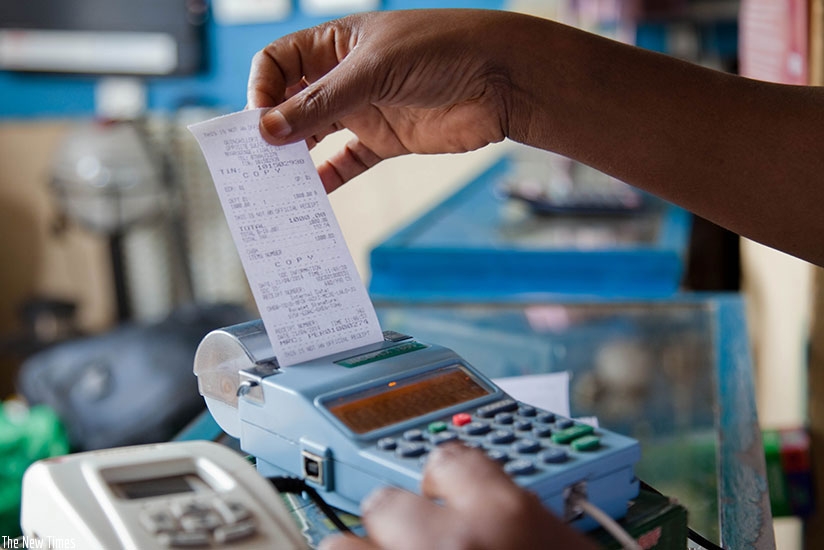Events
FEATURED: Taxpayers to access EBM services on mobile phones

Rwanda Revenue Authority (RRA) has announced new solutions that will allow taxpayers to access Electronic Invoicing Systems (EIS) EBMs through mobile phones.

